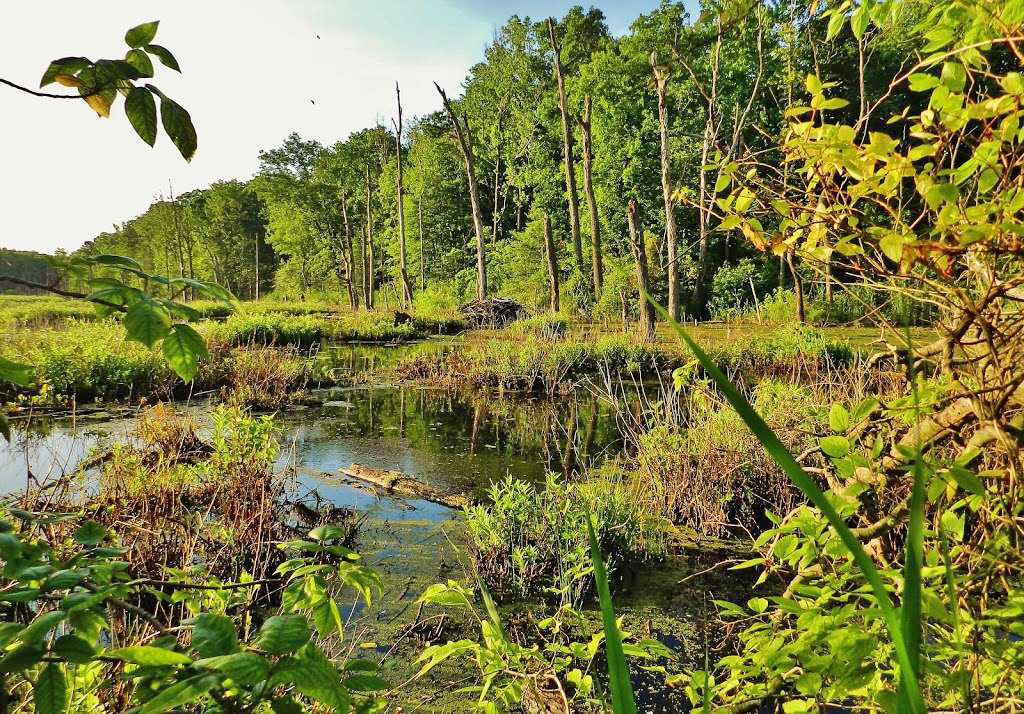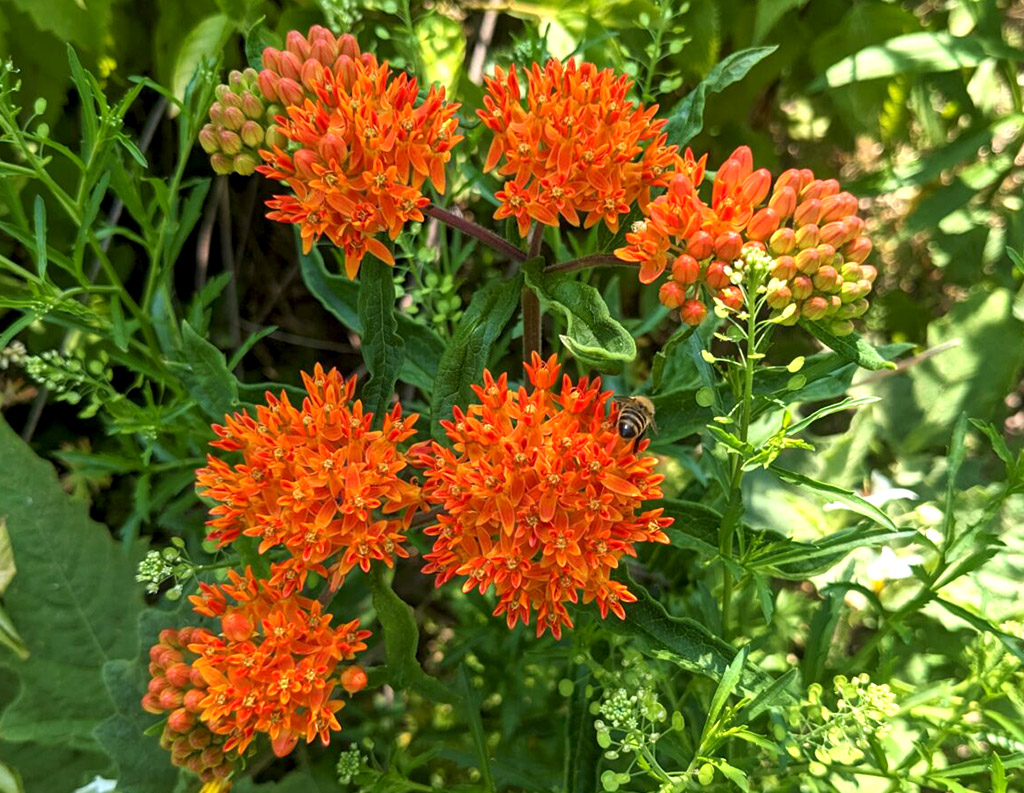
Bear Creek Historical Project
A Study of the Land and Its People
THE NATURAL ENVIRONMENT
Patapsco Neck’s natural environment had an effect on virtually everything that was done along its length. In order to understand human activities along the Neck, one must first understand its natural environment.

(Photo courtesy of Matthew Beziat)

CREEKS AND BAYS
At the time Europeans arrived along Patapsco Neck, roughly one-third (7,000 acres) of the peninsula consisted of water and two-thirds of the peninsula (14,000 acres) was land. The vast majority of the water was in the form of creeks and coves. Bounded on the north by Back River and on the south by the Patapsco River, it was their waters that formed the creeks and coves of Patapsco Neck.
Patapsco Neck’s creeks and coves are tidal, and along with the tide comes salt water. Therefore, the waters around Patapsco Neck are slightly to moderately brackish. This has an effect on the vegetation in and around the water as well as fish, amphibians, and animals.


PLANTS AND ANIMALS
When Europeans first explored Chesapeake Bay, Patapsco Neck was heavily forested with several types of oak (red, white, and black), chestnut, both red cedar and white, cypress, black walnut, and poplar. Pine, dogwood, sassafras, black locust, and hickory could also be found. Local soils would have supported inkberry, American holly, wax myrtle, blueberry, honeysuckle, poison ivy, switchcane, redbay, butterfly weed, and greenbrier.


THE MARSHLAND HABITAT
At the time Europeans first came to this area in the 1600s, they would have observed three topographies along Patapsco Neck: land, water, and marshland. Those marshlands, in particular, were crucial to life along the Neck. They supported a wide variety of ferns, grasses, sedges, cattails, bulrush, and alders. Virginia creeper, climbing hempweed, swamp rose, and bittersweet nightshade made their home along the Neck. The tidal wetlands formed a habitat that supported a variety of amphibians, birds, and larger animals. Frogs, salamanders, snakes, and turtles abounded. Located along the Atlantic flyway, Patapsco Neck is still both a permanent and migratory home for birds such as the great blue heron, little blue heron, egret, swamp sparrow, osprey, bald eagle, hawk, downy woodpecker, pileated woodpecker, and red winged black bird. In addition to those birds, the marshes supported many game birds: ducks and geese visited the Neck in their hundreds of thousands. At the time Europeans first explored the area, larger animals like muskrat, raccoons, fox, wolves, black bear, and cougars also roamed the peninsula.